Kevin Blundell shares 3 essentials from The Next Profitable Location Blueprint that’s helped them open 20+ successful martial arts locations.
.
- What’s the population needed for a successful martial arts school, and how far should this be from your existing location?
- The ‘drivers science’ behind choosing your exact new location
- What to avoid in your environment when scouting for locations
- Accessibility and geographical location: what are their impact on your martial arts business?
- Why should you take advantage of ‘The Next Profitable Location Blueprint'?
- And more
*Need help growing your martial arts school? Learn More Here.
TRANSCRIPTION
GEORGE: Hey, it's George Fourie – welcome to the Martial Arts Media™ business podcast. In this episode, I'm chatting to repeat guest, Kevin Blundell, from Kumiai Ryu Martial Arts System.
Now, if you've listened to the podcast over the years, we originally spoke on Episode 20 – talking about signing up 100 new students within five weeks. Then we got together on Episode 115, talking about the strategic mindset behind 23 locations.
And this episode is really special to me, because if you listen to Episode 115, that is where this whole new journey began. Let me give you a few insights.
So, Episode 115 was actually a recording from our internal, private Partners event that we hosted for our Partner members. So, three times a year we get our Partner members together and it's a combination of masterminding, networking, and bringing speakers together – and just learning and growing and sharing information and networking together.
And after the event – Kevin spoke at the event, which was the recording of Episode 115 – and after that, we started talking about this process of opening another location. Now, Kevin is one of the most humble and sincerest guys that you'll meet and won't always reveal the depth of knowledge that he has within the industry.
But when you speak to him, you'll know that he's very methodical and everything is systemized and designed for success, step by step with absolute certainty and clarity. We started talking about how to go about opening, successful location after location; and they've rinsed and repeated this process 20 plus times, very, very successfully.
And so, I spoke to Kevin about, number one, speaking again at one of our events, but how about, we actually just look at the whole process and the blueprint, and map it out and see if it's something that we can share with other school owners. And that's why I'm really excited about this podcast, because we're just in the process of putting together The Next Profitable Location Blueprint.
So, depending on when you're listening to this, we are hosting a Partners Intensive Event that for the first time we opening up to the public, and if you're listening to this a bit later, the program will be ready to go and available, which is the full course – The Next Profitable Location Blueprint.
So, we chatted a bit about the first steps. If you're looking at opening the next location, what are the things that you got to look for in… Firstly, why do you need to do it in the first place? How do you go about probing the population? What have you got to look for? What is the minimum number of people that you should have in a town, if it's a rural town? What is the best structure to set up your location, and all the rest.
So, we're going to jump right in now. Wherever you're listening to this podcast or watching, make sure you hit the subscribe button. If it's on YouTube, hit subscribe. If it's on your favorite audio channel, make sure you subscribe – that you get notified when our next episodes come out and look for the notes and the links to the show notes. Episode 129.
So, we're at martialartsmedia.com/129 – check the show notes. There are links available to the event depending on when you're watching or listening to this, there'll still be time to jump on. Otherwise the program should be available. Have a look, and if you're looking – seriously considering opening up the next location, it might be worth checking out. Alright, but let's get into the magic. Let's jump into the show. Let's do it.
Kevin, so in the context of opening a new location, we always ask the marketing question first. But in reference to opening a new location, what has been the best marketing campaign or promotion that you've done that's been most successful for you?
KEVIN: We've had a number of successes, but one that comes to mind is when we open one location, we systematically went around creating rumors and whispers. So, we, you know, we joined some local Facebook groups, we spoke to local sporting groups, and we just said, “Hey, it's a new martial art school coming to town.”
We had a few people in the geographical area, and we asked them to do, just in their day to day activities, just say, “Oh, by the way, there's a new martial arts school coming to town,” and it piqued a lot of people's interest. So, it was really good how it unfolded for us.
GEORGE: What was the result of doing that strategy?
KEVIN: What was really going… On our opening week we got 50 paid trials for the first week before we even commenced. During the construction phase, you know, I was present a fair bit and went to hardware store, service stations, you know, just interacting with the local community – and I always told them what was going on.
And funny enough, a lot of those guys booked in, paid for their trial, and were there that first week. Some are still with us in that area. So, it's really good, it's really successful.
GEORGE: Fantastic. So, Kevin, I wanted to bring you on, we've got – and depending on when you're listening to this – but we've got an event coming up, and we've put this program together called ‘The Next Profitable Location Blueprint'. If I think of any martial arts business owner in the world, and I think who would be the renowned expert on this topic, it would be you – just because you've done this so many times and successfully and run a multi-million-dollar organization with your multiple martial arts schools.
So, if we're to just start from the beginning – if I'm a martial arts school owner and I'm looking to open up my next location, I want to grow my growth, where do you start?
KEVIN: A lot of trials and tribulations to get to where we are now, but I certainly feel confident we've got it pretty accurate. Certainly, over the last number of locations we've opened, we've been very successful, as we followed the blueprint from day one.
Probably the most important thing is once you establish your why – why you want to do it and what you want to achieve – is to find the geographical area you want to be in and one of the key things is, you know, if you're going to own both the locations, you need to be able to manage those. So, anything more than an hour's drive away, becomes a little bit untenable, but if you're, you know, 30 to 45 minutes away, it's an ideal location. That's the first thing.
So, you just basically look at the map and, you know, if you're in a city, do you know how many suburbs away you want to be? How busy is it to travel there? If you're in a rural environment, what's the next largest town or city, and how long is it going to take to get there? You need to account that in, because that's one of the key things, if you are running both locations, you certainly need to have that measured from the start.
Probably the next thing is, once you decide where you'd like to go, is to physically go there yourself and just have a look around, get a feel for the place, just see what happens. And there's a lot of subheadings under that of what we do, that primarily is just see. I know it sounds a bit, you know, of a sort of fly by.
You've seen your parents' way of setting up a business, but get a vibe, it really is – get that vibe for that area. And you can get that over a couple of days, visits, you know, just by interacting with the community, having a look around, and obviously doing your research.
GEORGE: Perfect. So, I want to talk a bit more about visiting for the vibe and so forth. But let's take just one step back – before you've even visited the town, what are you looking for?
If you, like, draw up a map and you're looking, “Alright, well, I'm here and I'm looking at a radius of about 30 minutes to an hour from where I'm at for my next location.” What are the things that you're looking for? And what type of research are you doing to determine where you are going to set up?
KEVIN: So, once I've gone to the place and had a look physically, just to sort of satisfy myself, that's an area. So, these two things correlate together, and that is… Then I go on and I look at the Bureau of Statistics, I look for the population in the area, I look for the medium income, I look for activities, you know – is it a sporting town or is it a retiree town? Is it a low socio-economic area or is it a, you know, wealthy area?
Generally, somewhere in between those two is an ideal area, young families. You can plonk yourself in a very wealthy area, but people, you know, haven't got any time and then you put yourself in an area where there's a lot of folks that just haven't got the resources to participate. So, you have to weigh all those things up so you can do your research.
Our local government area websites have a lot of information. So, we systematically go through and tick off – look at the Bureau of Statistics, your local government area websites, and you just see, you know, even news articles. I've done research on news articles as well, just to see what sort of people are in that area, and if they would fit into your martial arts school community.
GEORGE: And what about sports activities and things like that? Is there anything you look at? Are you concerned about competition or anything like that?

KEVIN: Look, I think if you go to an area where there's a lot of sporting activity – we've had a lot more success where there was, areas where there wasn't. So, you know, do they have a soccer competition, a touch football competition, basketball, hockey, how many teams they got, you know, and that's easy.
Just look at the local associations, you know, for example, the Hockey Association for field hockey, you know, football, all sorts of things, swimming, whatever sporting day. Even look historically at the sporting pages for that area, you know, to see the prowess of the athletes that come out of there.
Because if they're a sporting town, it's, you know, you do run into the thing of ‘we only can only train in the summer, because winter,' and vice versa. But once you get people involved, you know, they'll work it out, and you'll have them there training all year round.
So, you know, you want to look at that. In part of a scenario, where, as I say, you might have a lot of retirees or people, there's not much action happening, you might have a level of success, but I just found that, you know, really looking into the area you're going to make a big difference.
GEORGE: Fantastic. If we had to look at population density, and how big are communities, is there a set number that you think of as a minimum? Especially if you're looking at like a rural town that's close by, that there's just not enough people in the vicinity to make it work?
KEVIN: I look at percentages. So, if you can get 1% of the population to participate… 15,000 is a good benchmark, so if you've got 15,000 people who are within 30 minutes of where you're going to set up your new martial arts school, generally you'll get 150 people there as a rule.
Obviously, this varies from location to location, but that's been the formula I've used, probably for 30 years. We have a lot of rural locations. You know, some initially were just community services into small areas. But you know, as we went along and became more proficient at what we did, we identified around that, around that 15,000.
So, although we do have some schools, where there's a very small population, and for 5000 or 6000, they have over 100 members. So, you know, it really depends on the community. So, that's everything – dovetails together. It's really important to make sure it all marries together when you're doing research.
You need to be honest in your assessment, but sometimes you get a little bit, you know, look at things through rose colored glasses. So, it's really important to make sure you're honest with your analysis.
So, let's say you visit a town and you like the vibe, and it feels good. Has there ever been a moment where emotions clouded the actual logical “business brain”, and maybe the decision making didn't go in the right way? When I wore a younger man's clothes, yes. Because I thought everyone should do martial arts, and I couldn't understand why everyone everywhere in the whole world wasn't doing martial arts; but the reality came along pretty quickly.
So, you know, you can make a clouded judgment, but with my overall approach now, if you follow the analysis, and you follow the steps, you'll get past that and make you feel…
For example, we looked at a number of locations, Jason, you know, other towns near where I live at the present time. And one up north was closer to the one in the south, but once we went there and did our due diligence, we found that the one that in the north just wasn't going to support a full-time center and, you know – be great for little community martial arts in a hall type place, you know, it'd be fantastic for that.
And there's some great martial arts schools there, but they don't ever have any great numbers, because it's just not that environment.
GEORGE: And can you recall what the distinct trigger that made you feel that that's just… What is it about the town that you felt or the research that told you that it's just not going to work there?
KEVIN: Well, initially, the vibe just wasn't there, and there was, just the atmosphere. Then when I did my research, you know, sporting groups and socio-economic, and it started to really throw up a lot of red flags. And I just thought, before I proceed any further with this, I'm not going to make a quick decision.
So, I sort of left it for a few weeks and came back and re-went over the material and chose the other location, which was a great success. So, I guess, you know, a vibe is not a thing, but it just comes with experience. But having the opportunity to look at statistics, income, age, population demographics, obviously…
Then what's happening in that town – was it a, you know, highway town or was it bypassed? You know, like, there's lots of little things that, you know, added up. And it just didn't add up right, and I made the right decision,
GEORGE: I just want to go back on the distance, because we spoke about within a half an hour's drive. And I think anybody that's in a city might think, “Woah, nobody's going to drive 30 minutes to get to martial arts in a city environment,” right? But your experience in a rural town is very different, right?
KEVIN: In some of our rural locations, we have people drive 100 kilometers, or 60 miles, as we know it, each way to class twice a week, you know, well, without fail, and have done that religiously, year in and year out. So, in the city, I find that if you're more than, say, probably about 25 to 30 minutes, that's a maximum amount of travel, but generally, it's 15 to 20 minutes.
But you still don't want to be parked on top of, you know, in an area that you're not happy with, you need to have a good area. So, you still need to do the same due diligence. We have locations in major capital cities as well. So, we understand how that works. So, there's sort of, like, you just need to make sure what, you know, public transport – is that available?
One of our locations in Sydney, the train station is straight across the road from where they've got the dojo, which is the martial arts school, you know, and it's a great little location.
So, it's not a full time one, it's a community hall, but he's got such a great relationship there. He can set up, you know, he has a set up team – they set up each night – has 150 members, and he's just killing it, you know, it's just great. It's a really good, great location.
GEORGE: Fantastic. So, let's talk about that – location, right? So, you've done your research, your decision-making process has evolved and you're confident that, “Alright, I've found the place, I've found the town or the suburb where I'm going to set up my location.”
Now you start looking for an actual venue, for an actual facility where you can set up. What are the elements that you go through to assess where a good location is, or whatnot?
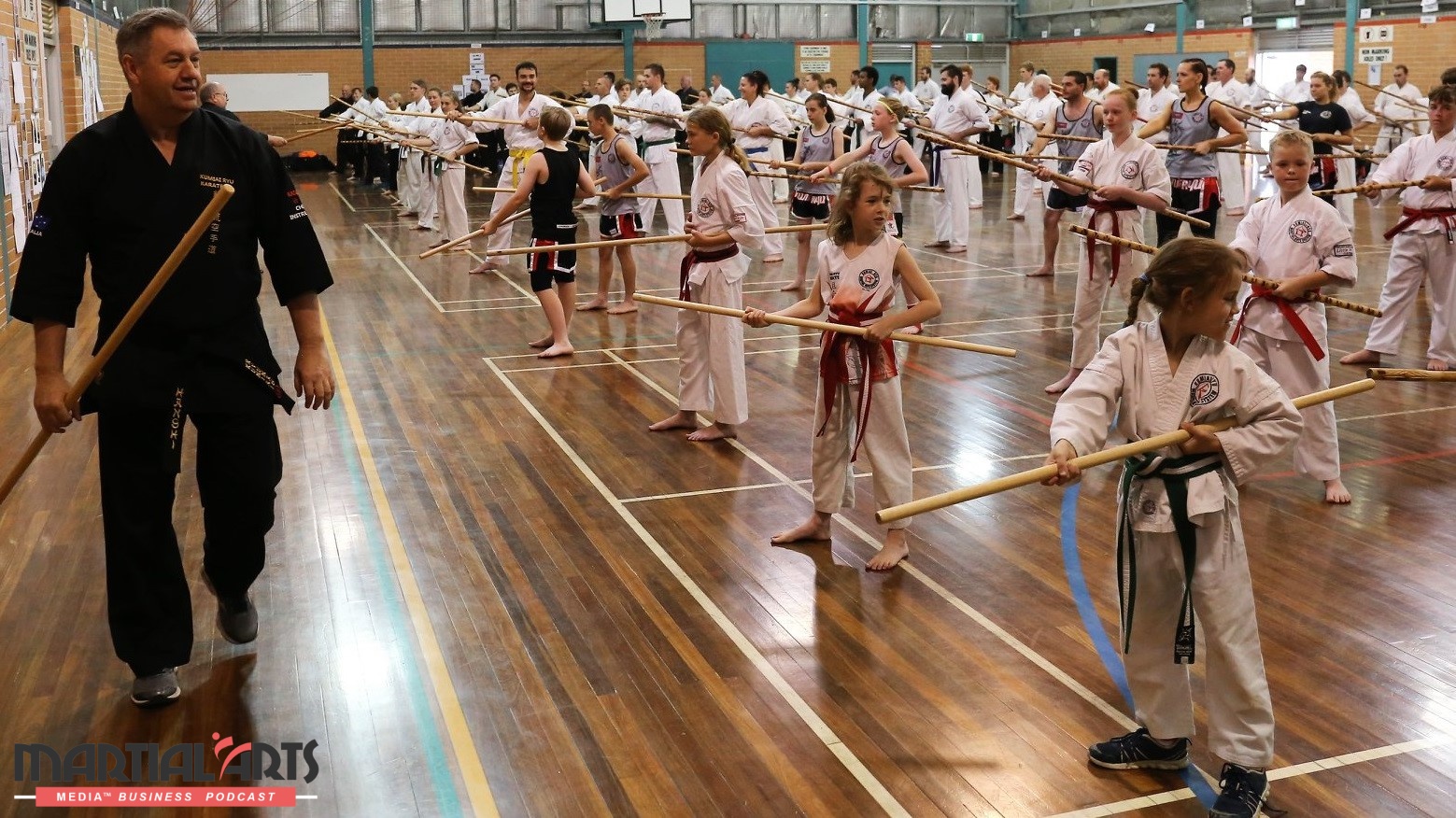
KEVIN: It really comes down to a lot of things. But the major thing I found is accessibility. As I said, in that Sydney location, we had a choice of a better venue, but it was buried. It was so far away from public transport, whereas this one is, people just step off the train and walk across the road. So, it's probably not the best venue, but it's been the greatest venue.
So, you need to look at, you know, if people have to come off a main thoroughfare and turn more than three times, they usually just don't bother with it, you know. What I mean by that is, from going on a main thoroughfare through a city or regional area and you just turn left, right, left, there it is, it's been a little formula I've used.
And as people know, you know, around here, being involved in setting up a martial arts school, you can spend a lot more on advertising, if you've got a place that's pretty much not known about. So, sometimes I see the rent as an investment in my marketing, and I balance that.
So, if you've got a big signage, it's easily accessible, and it's in an area that may have other activities similar to yours, like a gym, massage therapist, you know, indoor center of some activity. When people come, it really is a factor in making the decision. You don't really want to be next to a trucking company on one side, a diesel mechanic on the other, you know, or a noisy sort of industrial area.
Because it just might be cheaper, but you'll be punished in the long run, because people just don't want to bring their kids there. So, it really comes down to thinking like a parent bringing a child or a person who's, you know, finished their day at the office or even a tradesperson.
You know, they try to come somewhere where it's nice, it's clean, it's easy to get to, good parking, well lit. And lighting is a key thing, especially when I try to visit other martial arts schools and, you know, you need a torch to get in through the carpark. Just little things like that, that makes a massive difference.
GEORGE: Kevin, I find it interesting that you mentioned that you favor accessibility to the actual venue itself. Now once you've found this venue, how do you then… Do you do random visits at random times of the day? Or how do you just further assess if this is, you know, before you sign on the dotted line?
KEVIN: Yeah, I think that's really important for people setting up a new location – actually go there during the key times you'll have a timetable. So, at this point, I would have a ghost timetable, written out roughly what days and nights we'd run classes based on other locations and what works already.
And then I go to the area, and sort of drive around and just see, because of the, you know, there's always going to be schools nearby, or businesses closing or whatever. You just need to get a feel, as a parent, you know, dropping your child off, getting there after work, you know, how hard is it to get there? You know, some locations are gridlocked at 3:30pm, so you might have to review your timetable. Nighttime is always important.
The safety of your students as they come and go, and the parents' parking accessibility, walking distance from public transport. You know, is it a safe walk? You just want to think about all those things, and whilst you may not be able to tick every single box of that list of things I mentioned, if you can get close, it'll work much better for you.
GEORGE: Okay, so we've covered a lot of the foundational stuff, and I want to be respectful of your time. But I do want to cover something and this is a question that always comes up a lot, you know, different business structures and how you go about it. Now, you mentioned that you select a location that's within the 30 to 60-minute range.
But obviously, the goal is for you to open the location and not completely run it forever. So, you want to have somebody else in charge. Now I know you've got a few business structures, three that you potentially work with, but if you don't mind sharing, what is your favorite business structure for your next location to open up, and why do you prefer that?

KEVIN: With my experiences, I've tried many different formulas. I find under license seems to work the best for me, and that means we have someone who is growing within your organization, and then they can branch out and open the next location. Now that person would obviously be one of your instructor team, or ready to become part of your instructor team and have the financial backing to put themselves into the position.
Sometimes we do work out a financial arrangement of, like, helping set up as part of the license agreement. They're primarily under license, so it gives a person autonomy. It gives them their own identity, still under your umbrella and infrastructure, which enables them to be very successful, because all the hard work is already done.
GEORGE: Alright. Kevin, we've got lots more to talk about and I'll lead into that, but if you don't mind sharing, we got together a couple of months ago, and I started asking questions just about your process. And you spoke at one of our events prior – for our Partners group, the Partners Intensive – we decided to get you back on, depending on when you're listening to this, we either have the full program released or you're still in time for the event.
But we decided to get together and my job was to extract all your knowledge and help put it together, and we've come up with the whole format, the whole blueprint, “The Next Profitable Location Blueprint.” And do you mind just sharing a little bit? Why the program and who will benefit most from that?
KEVIN: Over the years, you know, by default, I started public speaking at seminars and events, being privileged to do it pretty much all over the world and met a lot of fantastic people along the way. And every time, you know, people would ask me, how do you do this? How do you do that? And I'd sort of give them a rough idea, and after our discussion, I thought, “Well, it'd be remiss of me not to package it up, so other people have the opportunity to, you know, get their next location up and profitable and running successfully, without having to go through all the pitfalls.”
And my ideas aren't grandiose or, you know, unrealistic, they're all measurable and they're all obtainable. So, you know, I think it's a great opportunity for people to plug in. And, you know, have a listen, and we've been very successful, and I wish nothing but success for everybody else in the industry.
GEORGE: I have to add that is a really modest way of putting it, from the perspective of helping. Kevin, you know, putting all this together and breaking down the modules from how to fit out all the facilities, how to maximize your space, the organic marketing approach you take, which I have to say – next level – you know, and this coming from a marketing guy!
This is just setting up the right foundations to get your school growing and thriving before you take on any paid type marketing campaigns. Yes. So, the approach is just, I have to commend you. It's really phenomenal.
KEVIN: Well, thank you, George, and I truly hope, you know, people do take the opportunity, because they will benefit. It's, you know, we call it The Next Profitable Location Blueprint because it really, it's about your next location, we want it to be profitable.
And the blueprint is your map, it's clearly, you know, and we've done all the heavy lifting, and if you follow the steps, you know, I've had nothing by success so far, and you've got 40 years of mistakes, condensed and cleaned and polished and out the other side already, so, yeah, well, thank you very much.
GEORGE: Perfect, and we'll leave all the details where you can access either the event if you're on time or the actual recorded program. It'll be on martialartsmedia.com/129, the numbers one two nine. Kevin, thanks so much for sharing so generously, and we'll speak again.
KEVIN: Thank you very much, George. Looking forward to it.
Here are 3 ways we can help scale your school right now.
1. Download the Martial Arts Media™ Mobile App.
It's our new private community app exclusive for martial arts school owners, with top courses, online events, and free resources to help grow your business. Click here to download for iPhone or Android (any other device).
2. Join the Martial Arts Media™ Academy Membership and become a Case Study.
I'm working closely with a group of martial arts school owners this month to get to 100+ students. If you'd like to work with me to help you grow your martial arts school, get started with our 7-day risk-free trial – Click Here
3. Work With Me and My Team Privately.
If you would like to work with me and my team to scale your school to the next level, fill out the form and apply HERE … tell me a little about your business and what you would like to work on together and I'll get you all the details – Click Here
Enjoyed the show? Get more martial arts business tips when you subscribe on iTunes for iPhone or Stitcher Radio for Android devices.
***NEW*** Now available on Spotify!


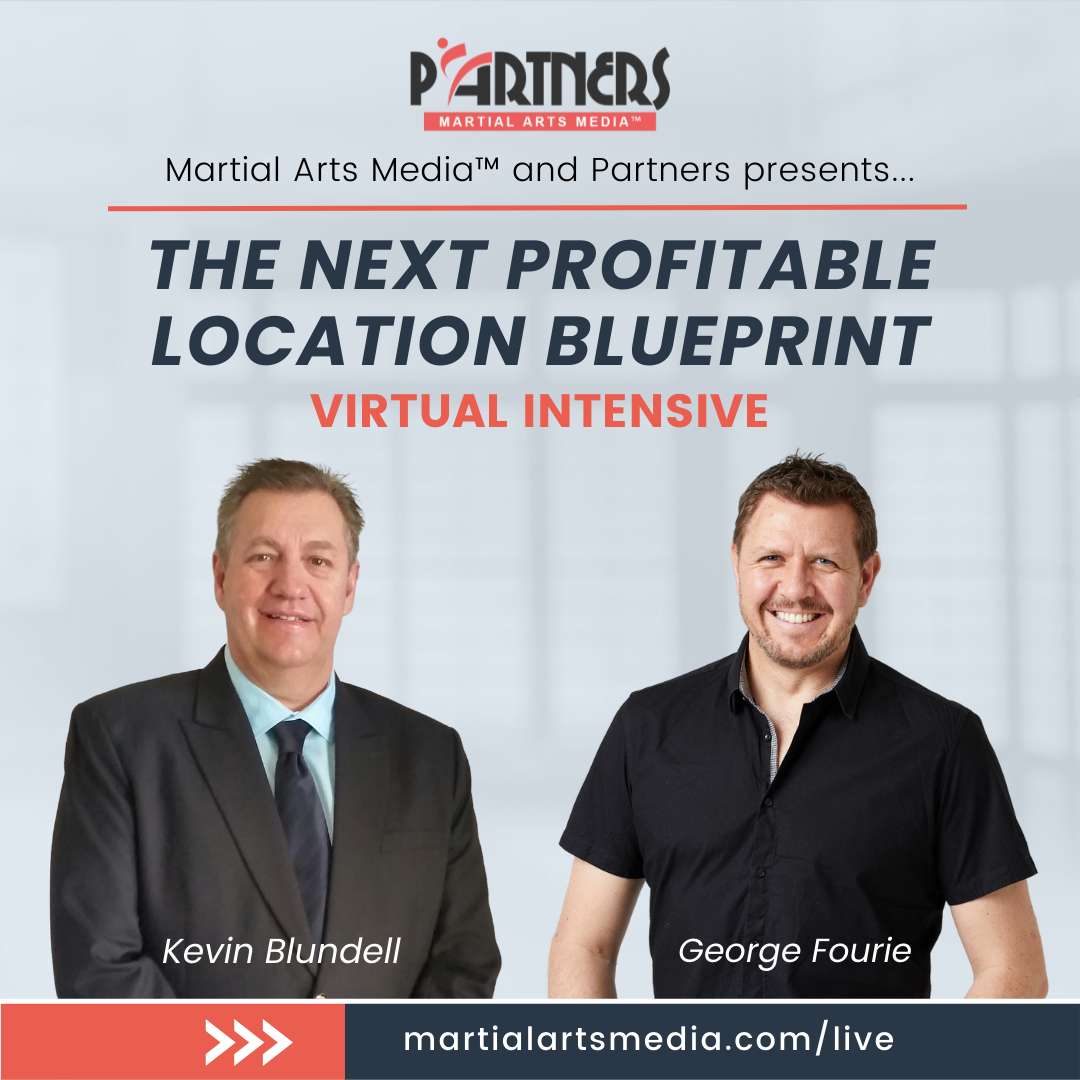
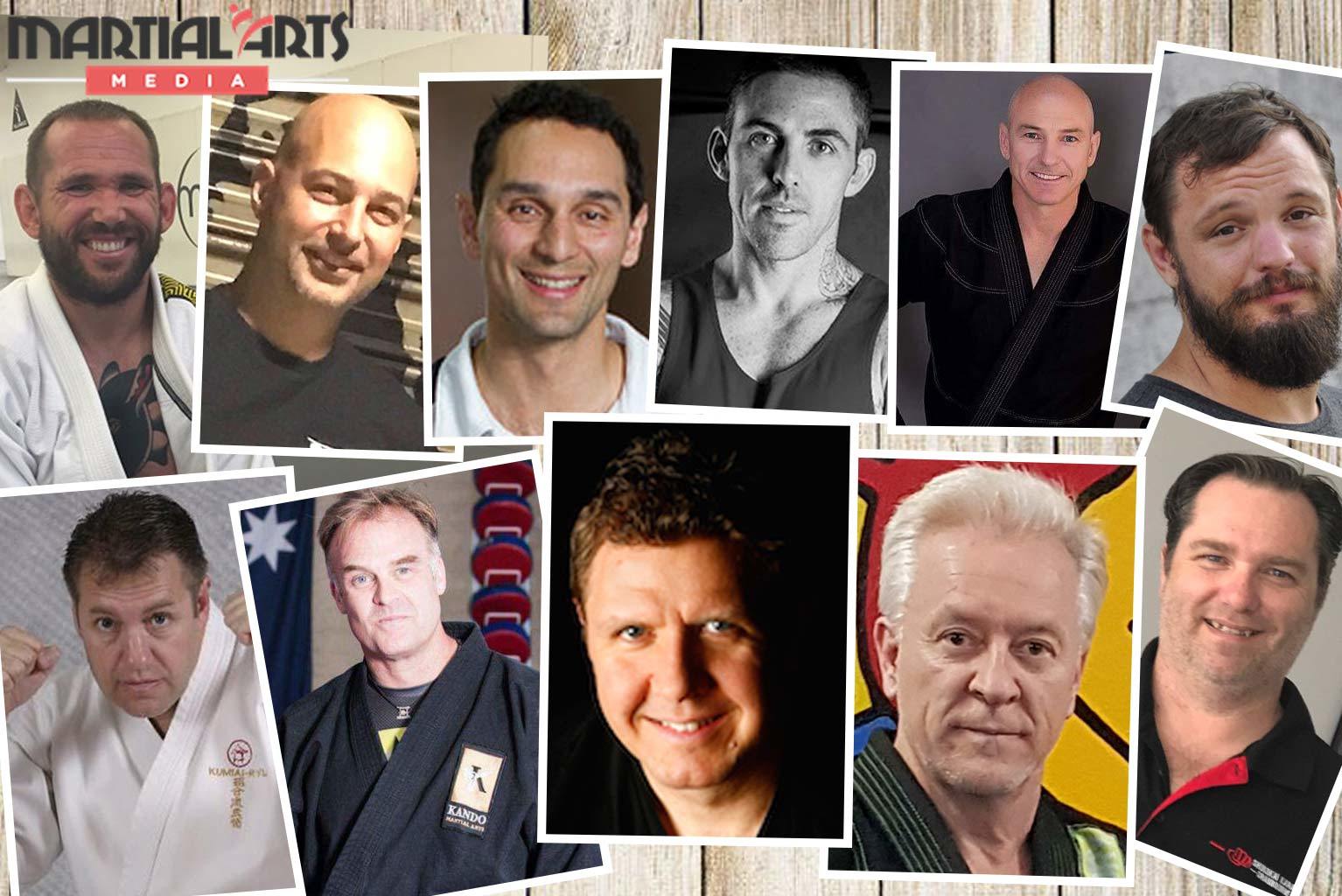




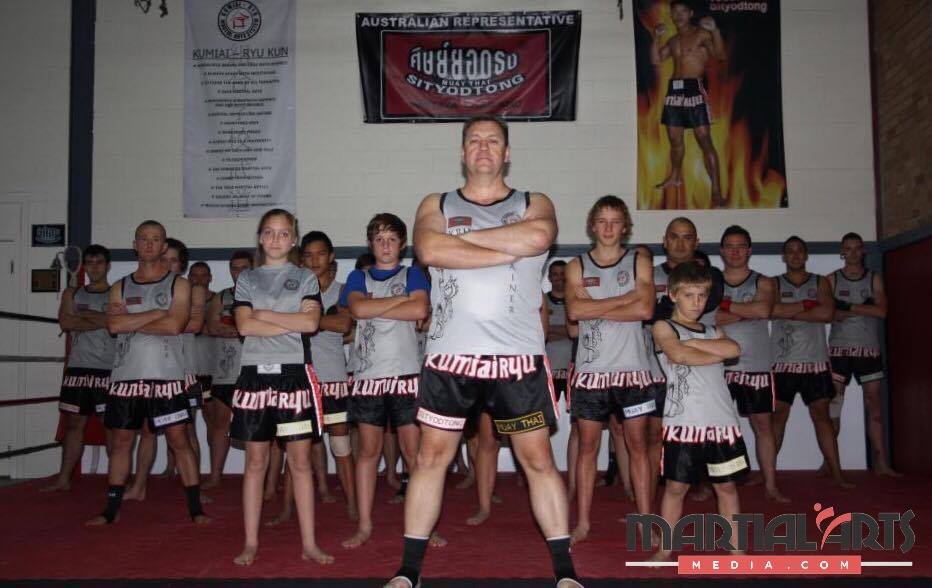


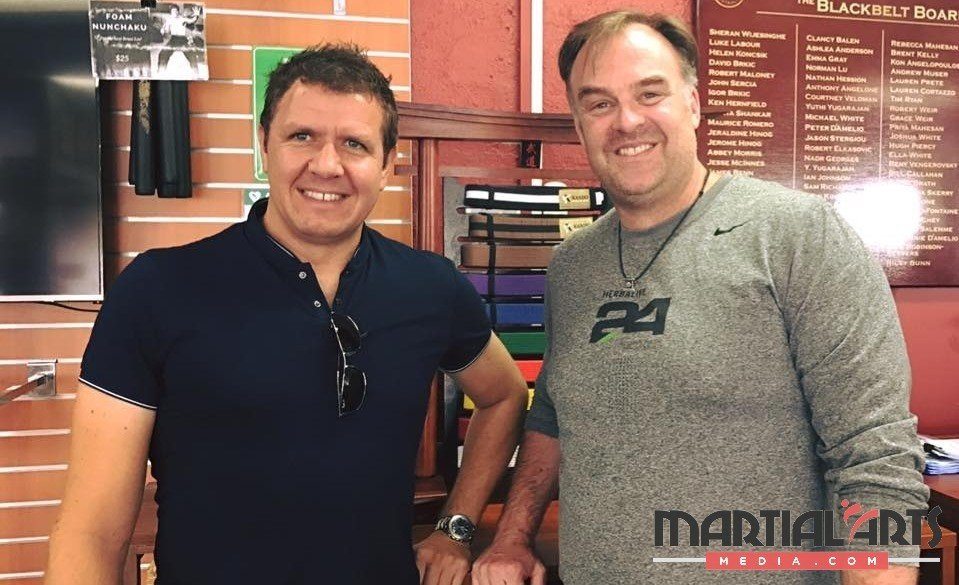



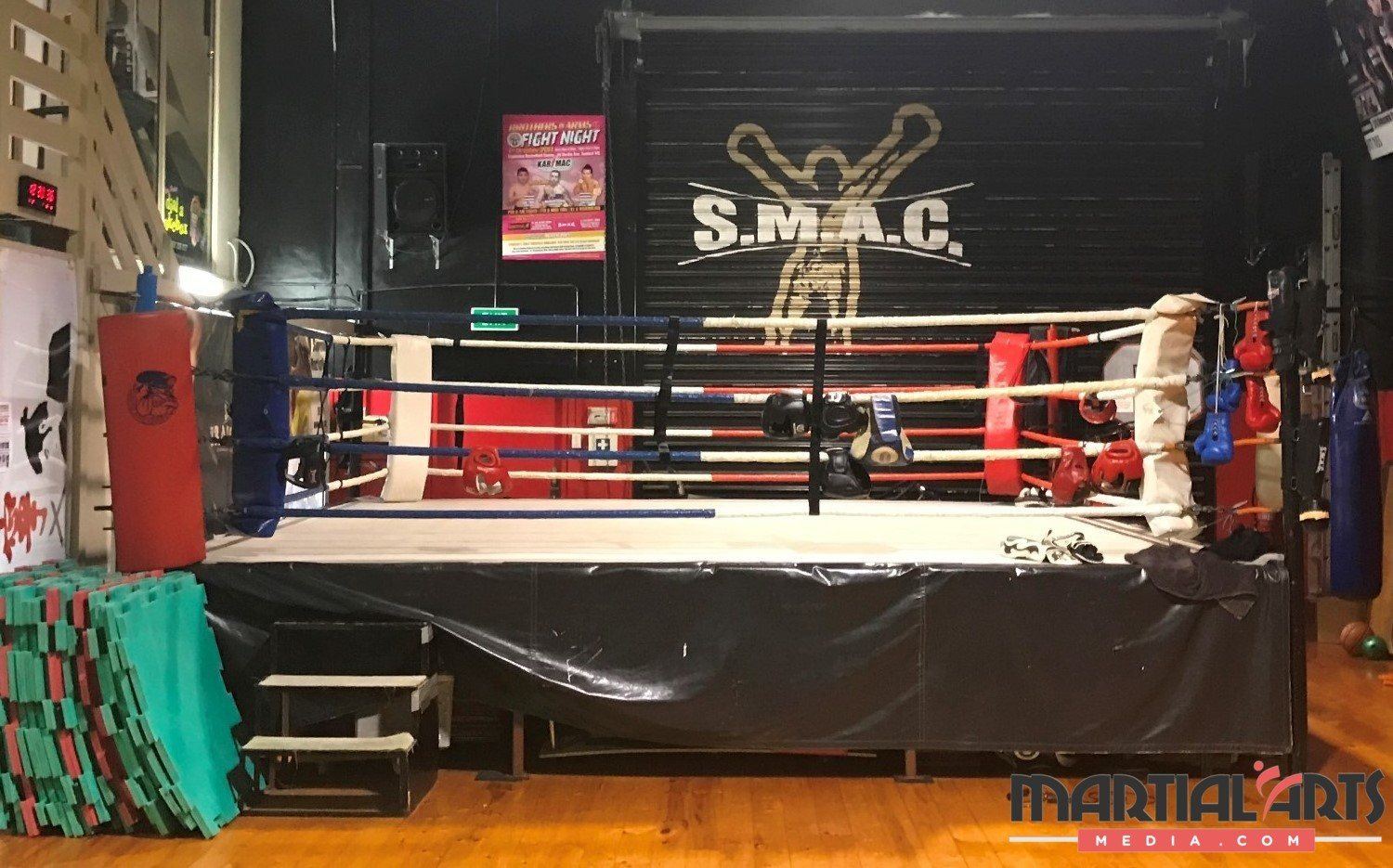
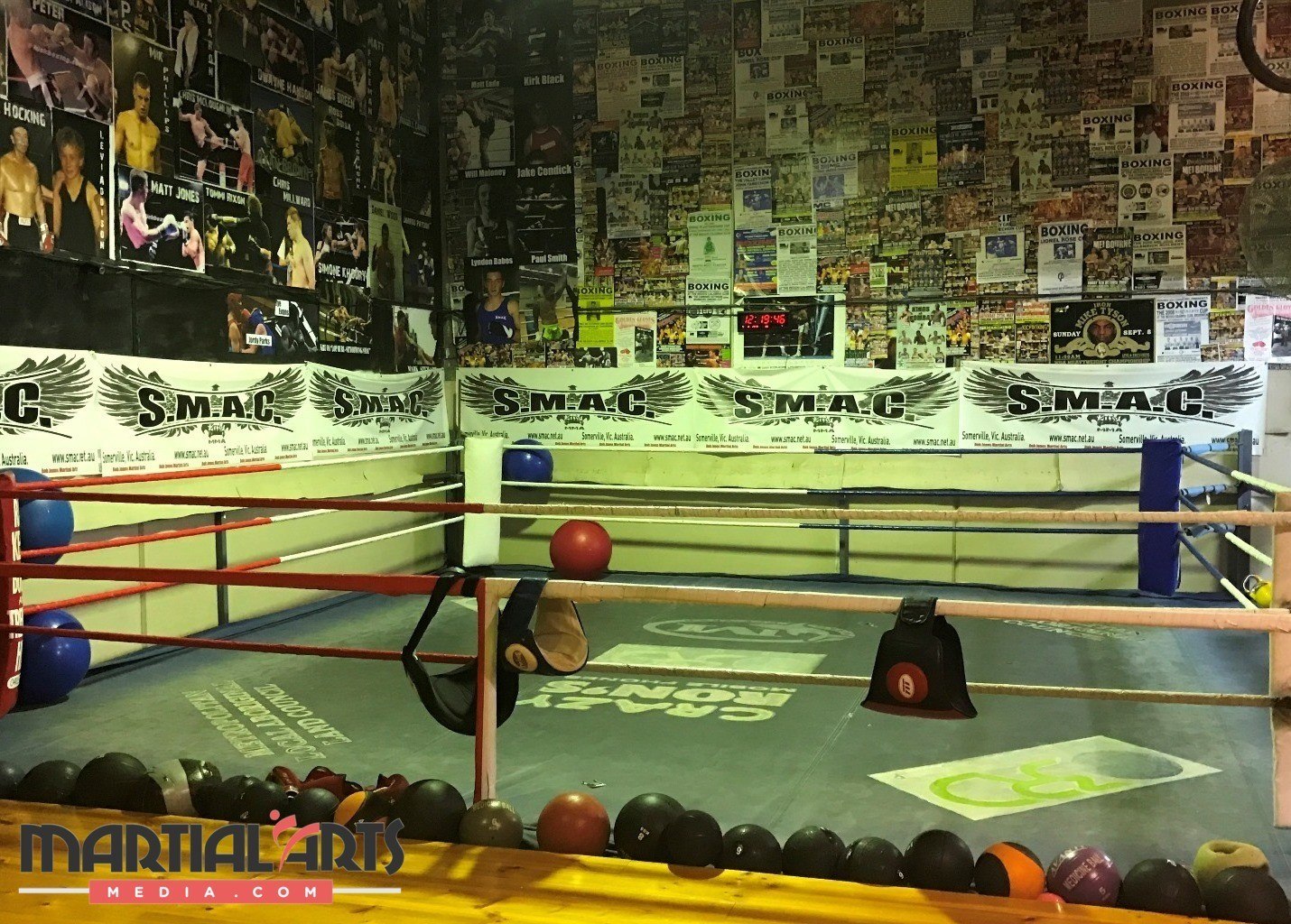
 MATT
MATT MATT
MATT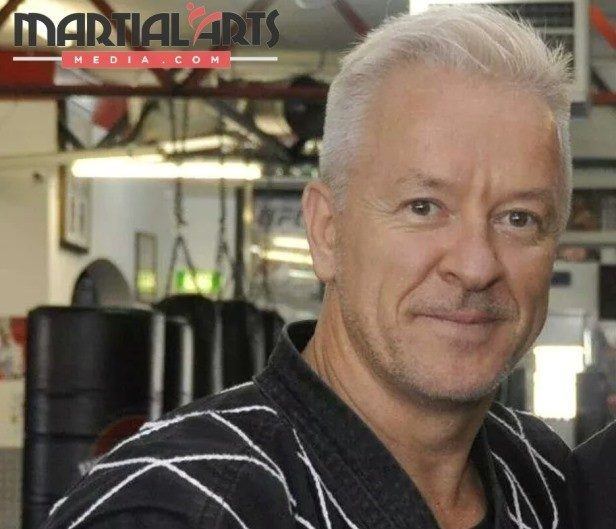

 FARI:
FARI:

